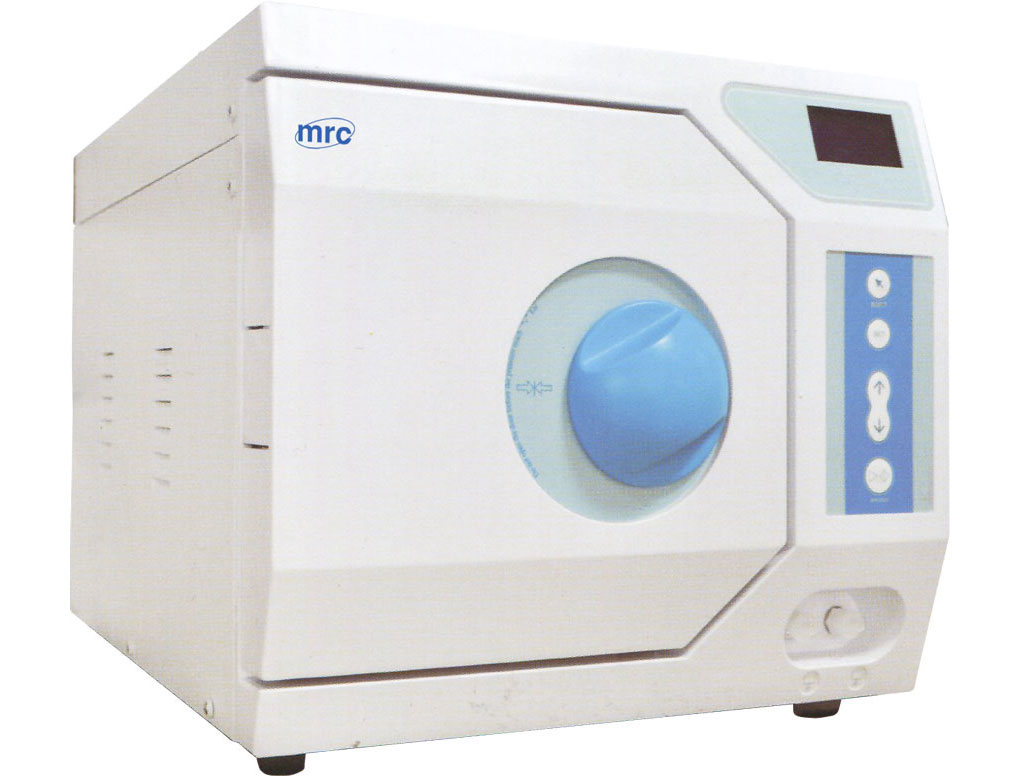The autoclave is a convenient and versatile device for the sterilization of certain waste and biological substances. The autoclave operates on steam, similar to a pressure cooker, at a temperature of 121 degrees Celsius or 132 degrees Celsius. A combination of heat and moisture works most effectively to kill spores of bacteria. An efficient sterilization process depends on the time and temperature at which the charge is in the instrument. The time required for sterilization depends on the amount of material and also on the type of container (stainless steel or polypropylene), its shape (deep or flat), etc.
The principle of operation of the Autoclave
-Heating the autoclave cabinet to at least 121 degrees Celsius Therefore, volatile substances with a boiling point of fewer than 100 degrees Celsius must not be introduced.
- Sterilize for 20-30 minutes after the charge reaches 10 minutes at 132 degrees Celsius.
- Biological waste: Sterilization at a temperature of 134 degrees Celsius for 30 minutes.
- In automatic autoclaves, a slow release of vapor for a wet charge should be chosen so that liquids from bottles do not slide Into it.
- Cool to a temperature and pressure that allows the autoclave to open. Before opening the door, check that the pressure gauge of the inner chamber has reached zero and the thermometer shows about 80 degrees Celsius.
- At this point, it is allowed to open the autoclave and take out dry objects. Do not remove wet objects (bottles with liquids) until the thermometer shows about 60 degrees Celsius.

Methods for testing sterilization
Methods for sterilization testing - chemical and biological:
The chemical test: Using an autoclave tape with streaks that change color under the influence of heat.
Biological test - using spores: Bacillus stearothermophilus, a bacterium with heat-resistant spores. They are able to stay alive at 121 degrees Celsius for 5 minutes and die at 121 degrees Celsius after 13 minutes.
Tools for use
- Stainless steel containers: These containers are highly recommended as they transfer heat most efficiently.
- Polypropylene containers: Although these containers are resistant to high temperatures, keep in mind that the material is a poor heat conductor.
- Plastic bags: a. Polypropylene bags, transparent, for the disposal of biological waste, from a chemical warehouse.
Reasons for unsuccessful sterilization operation
-The material is not suitable for sterilization.
- There is no certainty that the material has been sterilized according to the temperature requirements and the duration.

Dangers of improper use of autoclave
-Improper use can cause burns due to steam leakage or hot liquids.
- Improper use may result in injury due to the explosion of glassware
-Enter in of hazardous substances
-Blocking the filter at the bottom of the autoclave cabinet can cause steam and hot water to accumulate inside the autoclave.
Application of Autoclave
Surgical equipment, laboratory equipment, pharmaceutical items,solutions and water, selective glassware and more